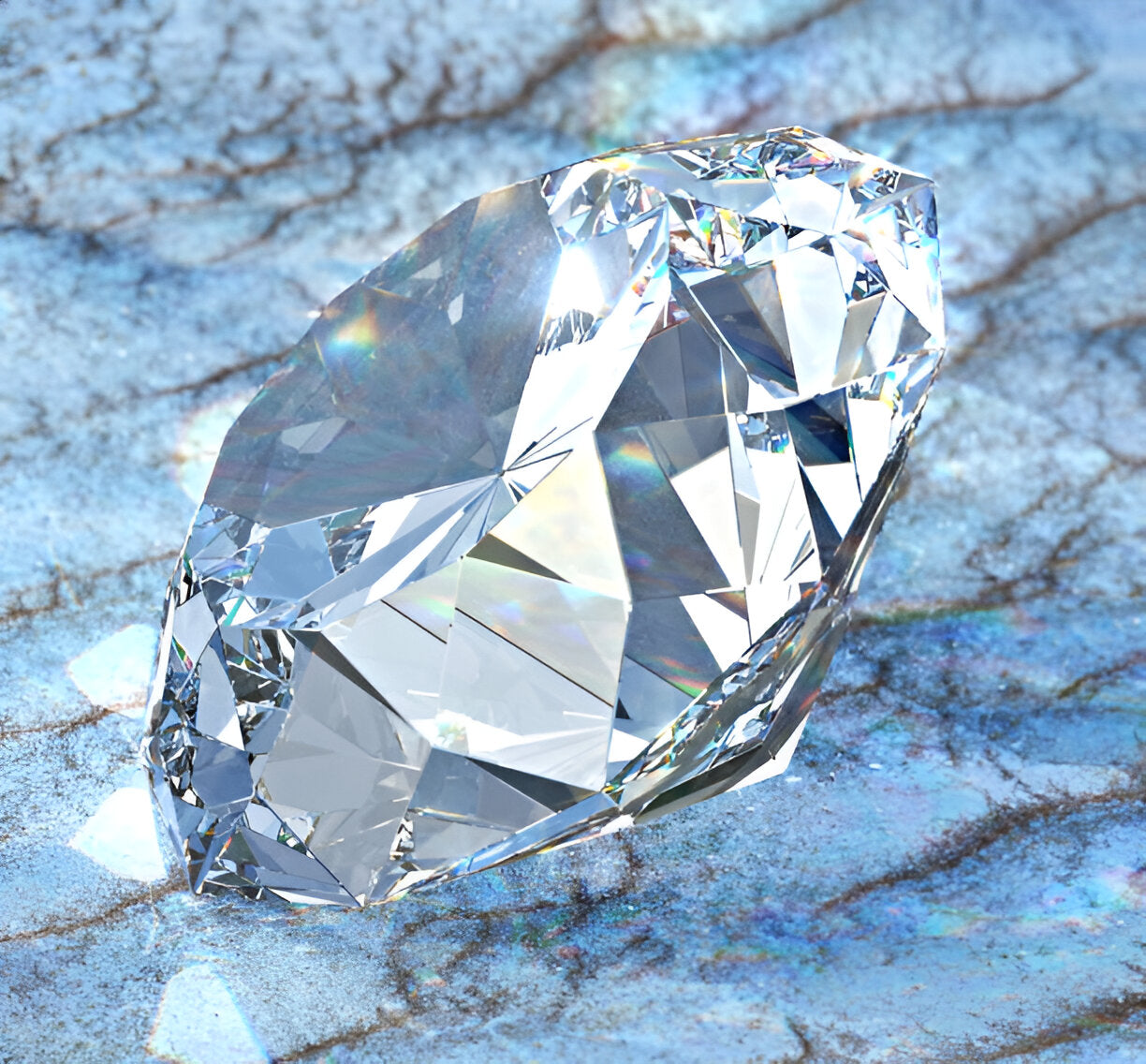This store requires javascript to be enabled for some features to work correctly.
Lab-grown diamonds, also known as man-made, synthetic, or cultured diamonds, are real diamonds created in a controlled laboratory environment using cutting-edge technology. They have the same physical, chemical, and optical properties as natural diamonds — but are more ethical, sustainable, and affordable.
1. HPHT (High Pressure High Temperature)
- Mimics the Earth’s natural diamond-forming process.
- Carbon is exposed to high pressure and temperature until it crystallizes.
2. CVD (Chemical Vapor Deposition)
- Uses a carbon-rich gas that breaks down and deposits layers of carbon atoms.
- Offers more control over clarity and size.
Both methods result in gem-quality diamonds that are indistinguishable from mined ones without specialized equipment.
Lab-Grown vs Natural Diamonds| Feature | Lab-Grown Diamonds | Natural Diamonds |
|---|---|---|
| Origin | Created in a lab | Formed underground over billions of years |
| Ethical Concerns | Conflict-free, sustainable | May be linked to mining conflicts |
| Environmental Impact | Lower carbon footprint | High resource consumption |
| Price | ~30–40% more affordable | Higher due to rarity |

Yes! Lab-grown diamonds are 100% real diamonds — not to be confused with diamond simulants like cubic zirconia or moissanite. They are certified by the same grading labs (IGI, GIA) and offer the same brilliance, hardness (10 on the Mohs scale), and durability.
Why Choose Lab-Grown Diamonds?
Cost-Effective
Get a bigger, better stone for less.
Eco-Friendly
Lower environmental damage.
Ethical
Free from conflict zones.
Quality-Controlled
Advanced technology ensures fewer inclusions.
